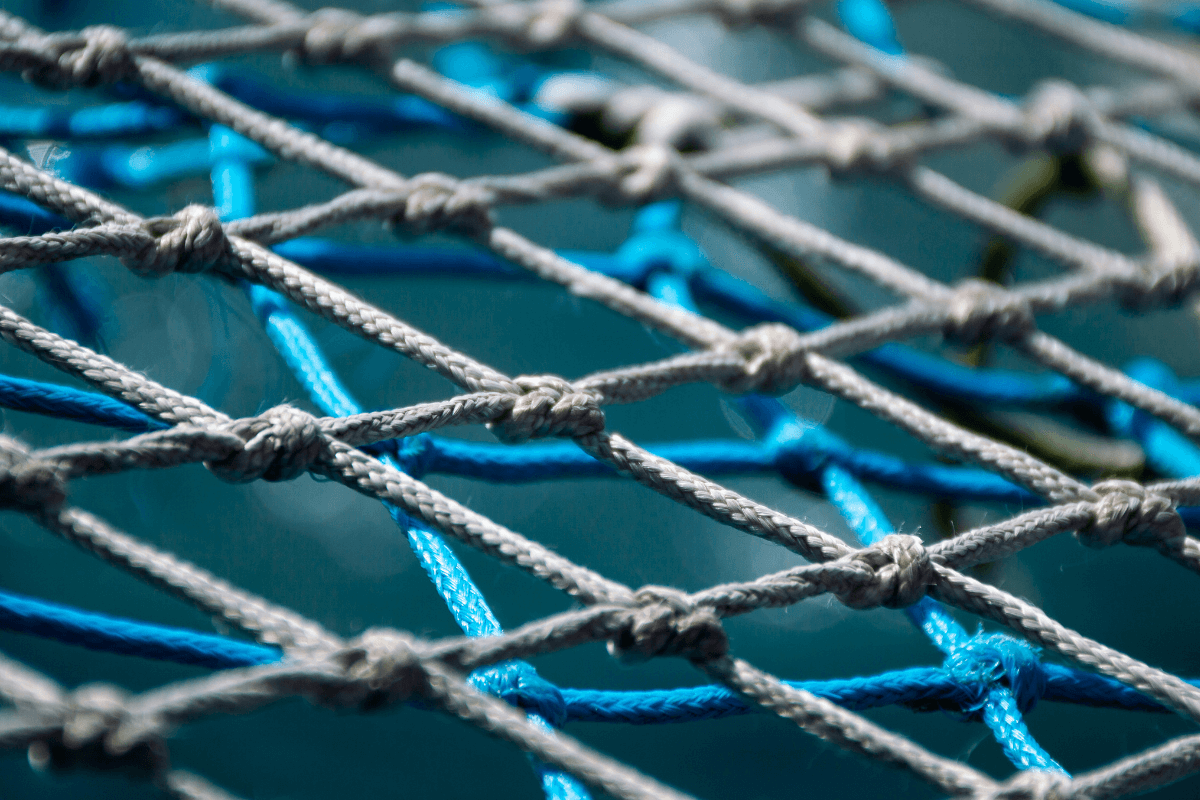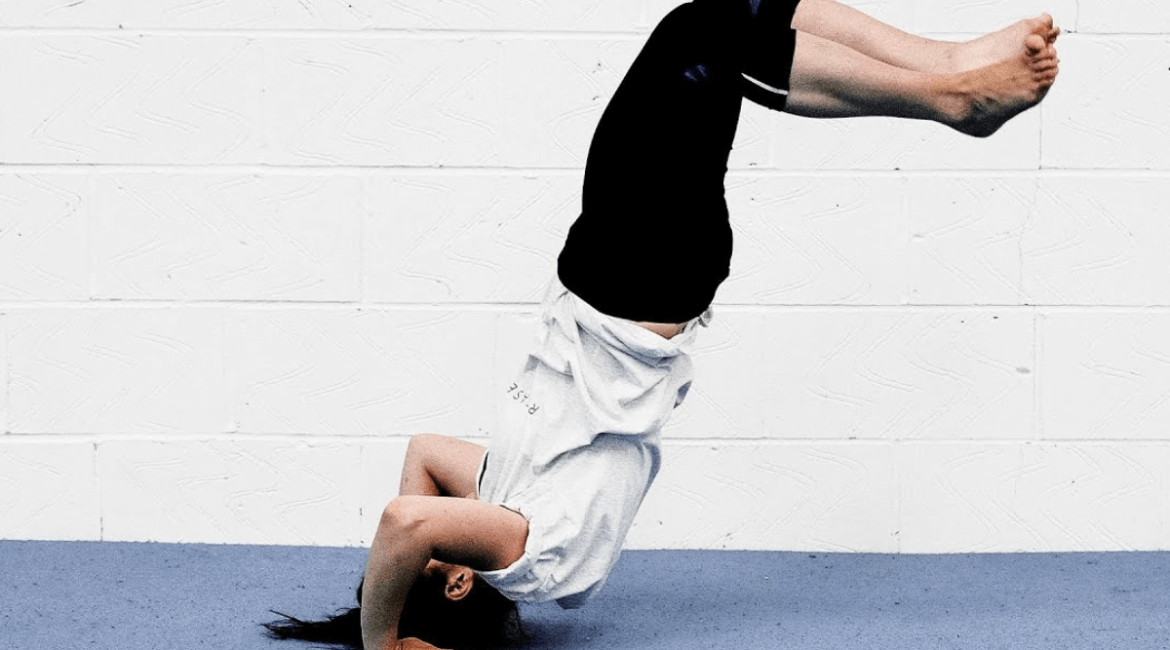Hey there, fellow adventurers in the realm of movement! Today, we’re diving into a skill that’s not just a cool trick but a testament to agility and body control: the kip-up. If you’ve ever watched a movie hero or a skilled gymnast effortlessly spring to their feet from a lying position, you’ve seen a kip-up in action.
But here’s the thing: mastering a kip-up isn’t just about looking awesome (though that’s a pretty sweet bonus). It’s about pushing your body’s limits, refining your balance, and tapping into your inner acrobat. And guess what? You don’t need to be born with superpowers to pull off this move. With the right guidance and practice, anyone can learn to kip-up like a pro.
So, if you’ve ever wanted to defy gravity and bounce back from the ground with style, you’re in the right place. In this blog, we’re going to break down the kip-up step by step, from the basics to advanced techniques. Whether you’re a total newbie or a seasoned flip enthusiast, there’s something here for everyone.
Get ready to flip, flop, and fly as we embark on this exhilarating journey into the world of kip-ups. By the end of this guide, you’ll not only have a new skill in your movement arsenal but also a deeper understanding of what your body is capable of achieving. So, without further ado, let’s dive headfirst into the wonderful world of kip-ups!
General things about kip-up
Definition
What is kip-up? The kip-up is also known as the floor kip and is believed to have its roots in martial arts training. But like many cool moves, it’s not just for martial artists—it’s for anyone who loves to move! From acrobats to dancers to folks just having fun with what their bodies can do, the kip-up is a popular trick that showcases agility and confidence.
Picture this: you’re lying flat on your back, and then, in one smooth swoop, you’re standing tall on your feet. It’s like magic, right? That’s the kip-up for you!
Now, is it a must-have skill? Nah, not really. But let’s be real—it’s pretty darn awesome!
So, why bother learning it if it’s not a necessity? Well, because it feels amazing to nail it! Plus, there’s this rush of excitement when you pull it off. We’re here to guide you through the process step by step, making sure you don’t get too frustrated or hurt along the way.
Sure, it takes practice—lots of it. But here’s the good part: even if you’re just working towards mastering the kip-up, you’re still improving your physical fitness. And perhaps more importantly, you’re building a positive attitude towards your training. So, let’s dive in and learn how to kip-up like a pro, shall we? It’s going to be quite the adventure!
Unlock the kip-up with strength and flexibility

Because pulling off a kip-up demands a blend of strength and flexibility, you might need to focus on specific parts of your body before diving into practice.
- First off, let’s talk about strength. You’ll need some muscle power, especially in your core and arms, to smoothly lift yourself from the ground. So, exercises like sit-ups and push-ups can help beef up those muscles.
- Now, onto flexibility. Being limber is key to executing a flawless kip-up. Stretching exercises, like reaching for your toes or doing leg swings, can loosen up your muscles and joints, making the movement feel more natural.
But wait, there’s more! Don’t forget about balance and coordination. These skills play a big role in mastering the kip-up. Practicing activities that challenge your balance, such as standing on one foot or walking along a narrow beam, can sharpen these abilities.
So, before you even attempt a kip-up, take some time to strengthen your core and arms, improve your flexibility, and hone your balance and coordination. Trust us, it’ll make learning the move a whole lot easier in the long run!
The basic kip-up progression
Starting from the very beginning is always the way to go! In this blog, we break down a movement like the kip-up into its smallest parts. But here’s the kicker: we don’t just stop there. Each step we take has a purpose. See, it’s not just about copying what you see others doing. It’s about understanding why you’re doing it. Trust me, I’ve been there—I’ve tried mimicking something cool only to end up a little banged up… raises hand sheepishly
Now, bumps and bruises are often part of the learning process, but fear not! We can minimize the ouchies by getting a better grasp of how to practice smartly.
So, let’s dive into it. There are three key things to think about when you’re gearing up to tackle the kip-up!
Plow Position
You’re lying flat on your back, knees bent and pulled close to your chest, with your feet aiming towards the sky. Now, if you’re someone who often feels tension in your neck and upper back, getting into this position might feel like a bit of a stretch—literally!
Take it slow. Focus on:
- easing into the posture
- finding your breath
- letting your body relax
The key here is to gradually increase your comfort level with each breath you take.
As you settle into the Plow Position, you’ll notice that rocking back on your shoulders becomes a breeze. This movement primes you for the next step: the Low Bridge. But hold up—before we jump into that, let’s give a shout-out to Ryan for demonstrating this with finesse!
Low Bridge

Here, flexibility and strength take center stage. Effortlessly extends his shoulders and wrists while lifting his upper back off the ground? That’s the goal! But don’t worry if you’re not there yet.
Practicing this position will gradually improve your flexibility and strength in those areas. The secret sauce? Take it slow, focus on controlled breathing, and gradually increase the time you spend in the position.
Bailing
Even though it’s not exactly a position, it holds significant importance in your learning process. Here’s why:
You’re practicing your kip-up, giving it your all, and… oops, you didn’t quite stick the landing. It happens! The kip-up is a swift movement, and as you progress, you’ll inevitably encounter moments where things don’t go as planned. That’s where knowing how to bail out safely comes into play.

Think of it as a safety net—a way to gracefully exit a failed attempt and regroup for the next one. Trust me, you’ll thank yourself for mastering this skill early on. After all, the kip-up journey is all about taking risks, pushing boundaries, and learning from every attempt, successful or not.
So, as you dive headfirst into the world of kip-ups, remember the importance of the Kip-Up Bail. Embrace the process, celebrate your successes, and don’t be afraid to stumble along the way. Because every stumble brings you one step closer to soaring high with confidence and skill.
Assists to build your kip-up
Let’s dive deeper into the process of mastering the kip-up. While practicing the actual movement is crucial for eventually nailing it, sometimes it can feel like it happens in the blink of an eye. You might find it tricky to truly grasp the sensations of what a kip-up “feels like.” But fear not! There’s a helpful trick to bridge that gap: using assists to replicate the motion.
Think of it as training wheels for your kip-up journey. By breaking down the movement into smaller, more manageable parts with the help of assists, you can better understand the mechanics and sensations involved. It’s like slowing down time to catch every little detail.
Incorporating assists into your practice routine not only makes the learning process more accessible but also adds an extra layer of fun and experimentation. So, don’t be afraid to get creative and explore different ways to replicate the kip-up motion. Who knows? With a little assistance, you might just find yourself soaring to new heights sooner than you think!
Step 1
Here’s where the bench comes into play.
- By holding onto it, you slow down the rolling back and rising up at the start of the kip-up.
- This slow-motion approach allows you to really tune in to how your body moves and feels during each step.
- It’s like pressing pause on a fast-forwarded movie—giving you the chance to study every frame.
Give it a try! Inserting this exercise between kip-up attempts lets you fine-tune your technique and build a deeper connection with the movement.
Step 2
Now, let’s elevate our practice with the bench once more.
- This time, it serves as a platform to focus solely on the “popping up” part of the kip-up.
- With your body already lifted off the floor, you can concentrate on the fluidity of the movement and perfecting your positioning.
- This hands-on approach provides valuable insight into how the kip-up should feel, all while moving at a controlled pace.
And the best part? You don’t have to worry about any sudden crashes! It’s like having a safety net beneath you, allowing you to experiment with confidence.
So, by incorporating these bench-assisted exercises into your routine, you not only deepen your understanding of the kip-up but also build the skills and confidence needed to execute it flawlessly. Get ready to elevate your practice and soar to new heights!
If you need a more detailed guide, check out this YOUTUBE video to better understand to perform kip-up!


Leave a reply